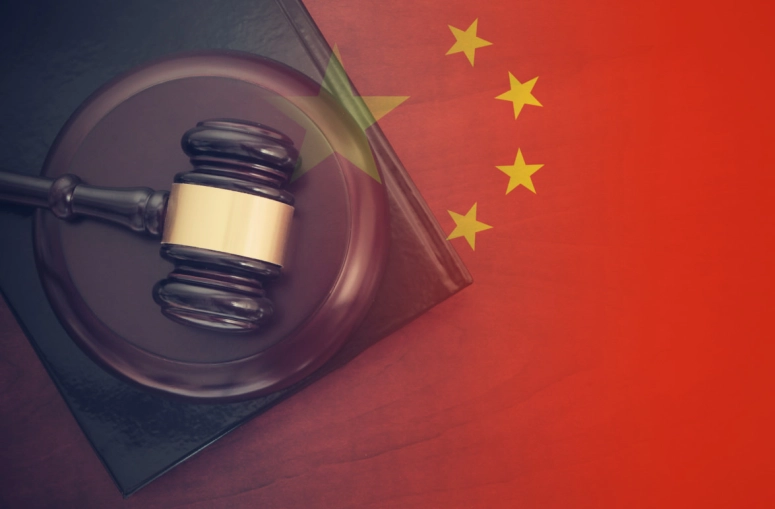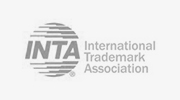28 March 2022
On January 19th 2022, Austria ratified the Protocol on Provisional Application (PAP) of Unified Patent Court Agreement (UPCA), becoming the thirteenth country to do so, and automatically and officially giving birth to the Unified Patent Court (UPC). This court, together with the Unitary Patent (UP) itself, is one of the two legs of the new Unitary Patent system.
The new system will come into force definitively on the first day of the fourth month after Germany deposits the instrument of ratification of the UPCA with the Council of the EU. For the most optimistic, this will happen by the end of summer 2022, but realistically the entry into force is most likely to take place at the end of this year or early 2023.
The UP project has been in development since the very origins of the European Patent Convention (EPC), in different forms and under different names, but it has never been closer to becoming a reality than now.
The main advantage of the UP is that it provides automatic protection in all participating countries and only requires the payment of a single annuity for its maintenance. It is envisaged that the annuity regime for the UP will correspond to the fees that would be paid for validating in about 4-5 countries. For European patent applicants currently validating in many EPC countries, this could result in significant savings.
However, when designing their strategies, applicants must take into consideration that important markets such as the United Kingdom, Spain or Poland are not part of the UP. Therefore, in order to obtain protection in these territories, the validation process of European patents and the payment of annuities to the national offices for their maintenance will continue to be necessary as usual.
Moreover, the application of the unitary effect will not even provide protection for the 24 countries that participated in the enhanced cooperation and in the creation of the UP. Once Germany decides the go-ahead, protection will only be obtained in the 17 countries that, as of today, have ratified the UPCA, i.e. Austria, Belgium, Bulgaria, Denmark, Finland, France, Italy, Latvia, Lithuania, Luxembourg, the Netherlands, Portugal, Sweden, Slovenia, Estonia and Germany (which with the deposit of the instrument of ratification will start the countdown). Countries such as Greece, Ireland, Slovakia and Romania seem to have shown interest in joining, but it is not really known when this could happen. Others, such as Cyprus, the Czech Republic and Hungary, do not seem to have any intention of participating in the new system, at least for the time being.
Therefore, applicants with an interest in these countries that, for whatever reason, have not joined the system should be aware that the UP will not be a solution in the short or medium term and that they will have to continue validating European patents in these territories and pay the corresponding annual fees for their maintenance. Similarly, those applicants who have an interest in 4 or fewer territories than those that will form part of the unitary patent should perhaps consider whether the unitary effect is in their interest because, although it is true that they will obtain protection in more countries, they will also probably pay more than they would for maintaining the patent validated in 1, 2, 3 or even 4 countries and, in addition, they will be subject to the jurisdiction of the UPC for all these countries. And the latter serves to link to the next aspect that applicants need to assess when developing and establishing their IP strategies.
As mentioned above, in addition to the UP, the other leg of the system is the UPC. The UPC is a unified and centralised court whose rulings will have effect in all participating countries that are subject to its jurisdiction. This has the advantage that users will not have to litigate country by country to enforce their rights, to attack a third party’s patents or to defend themselves against a competitor’s invalidity claim. Through a single procedure and a single judgment, users have the option of achieving their goals in an effective and uniform manner for all participating states. The evident counterpart is that the plaintiff puts all his objectives in one single bullet. If the UPC declares your patent invalid, it will do so automatically for the (as of today) 17 participating countries. Similarly, if the UPC judges that a competitor does not infringe your patent, it means that it does not infringe your patent in any of those 17 countries.
It is important to note that the UPC will have jurisdiction over both UPs and classic European patents (and also over SPCs) for the countries participating in the system. However, there is an important difference in the possibilities offered by the PU and the classical European patent in choosing jurisdiction during the transitional period.
While a European patent for which unitary effect has been requested is subject solely and exclusively to the jurisdiction of the UPC, an applicant who has opted for validation in the countries participating in the system via the classical European patent route will be able to decide whether he wishes jurisdiction over his patent to remain with the UPC or whether he wishes this to be exerted by the national courts. By default, jurisdiction will be under the UPC, but if the patent owner wishes the national courts to have jurisdiction, he can make an “Opt-out” request to the UPC registry.
Opt-out applications can only be made from the so-called “Sunrise period” until one month before the end of the transitional period, which is a 7 years period starting from the entry into force of the new system and which, depending on the circumstances, the participating countries may decide to extend up to a maximum of 7 additional years. At the end of the transitional period, it will no longer be possible to opt-out and the jurisdiction of both unitary patents and classical patents that have not opted-out will become the exclusive competence of the UPC.
This has very important implications, since an applicant may have an interest, for whatever reason, that the jurisdiction over his patent remains with the national courts. This possibility, however, only exists if opting for the classical European patent, since as mentioned above the UP is, always and in all circumstances, exclusive competence of the UPC. It is also interesting to note that an “Opt-out” application is reversible at any time. A patent owner, who changes his mind and decides in a certain moment that he prefers the jurisdiction of the UPC, can flexibly make the “Opt-in”.
Therefore, if an applicant wants his patent to remain under the jurisdiction of the national courts, he must choose the classic European patent route in his protection strategy and apply for the “opt-out” as soon as possible because, if this is not done and a third party files an action before the UPC, the competent court will be the UPC.
In short, although UP has a number of advantages, especially in terms of annuity costs, it also has a number of disadvantages that may not be so obvious at first glance but which can be decisive from the point of view of strategic patent portfolio management.
The first is that, as we have already seen, the unitary route may not even be the most economical in the case where the applicant is only interested in protecting his invention between 1 and 4 participating countries. Moreover, applicants must bear in mind that they will have to still validate and pay for the annuities in countries of their interest outside the system. We want to emphasize that among the non-participating countries there are important European markets such as Spain and Poland and obviously, although already out of the EU because of Brexit, the United Kingdom.
But perhaps the most relevant, and also perhaps the less evident at first glance, is that the PU will be irrevocably linked to the UPC jurisdiction as opposed to the flexibility that the traditional European patent will still offer. The idea of a Unified Court generating uniform rulings for all countries is attractive and desirable in terms of harmonisation and legal certainty for all stakeholders of the patent system, but in terms for strategic portfolio management there are obvious cases where retaining the jurisdiction in national courts may be a smarter option. If a number of patents are strategic to the business, it makes sense to try to minimise the risk that they could be revoked by a competitor’s action. A simple way to make such action more difficult is to oblige such a competitor to sue for invalidation of the patents on a country-by-country basis.
On the other hand, it must also be considered, at least at the beginning, that the decisions of the UPC will be a mystery. The judges who will make up the different chambers of both the central divisions and the local/regional divisions will come from very different legal traditions and it is difficult to foresee which criteria will prevail in their decision-making. It is expectable that as the years go by the UPC will build-up a jurisprudence and doctrine body, but at present, despite its high degree of specialisation, the UPC’s rulings will be difficult to predict. This is not the case in national courts where there is generally a tradition and jurisprudence that make judicial processes more predictable and manageable (always within the natural degree of unpredictability of these processes).
The UP and UPC system will be the most important change in the European patent system since the creation of the European Patent Convention and will represent an important step forward in the EU Harmonisation efforts which will also enhance competitiveness and internal trade and this will for sure be beneficial for the European economy.
However, this does not detract from the fact that holders of European patent rights will have to review their portfolios and IP strategies and make decisions aimed at maximising their protection while minimising the risks. Among these decisions, the first is whether, according to their business, it is preferable, and for which cases, to apply for unitary effect or to go on with the classical European patent. Secondly, for those patents that they decide to maintain trough the classical route, they will have to establish an opt-out strategy. They will have to decide, which patents are worth keeping under the jurisdiction of national courts and which are worth keeping under the UPC.
What is evident is that the implementation of the new UP system will represent an important change that will make users of the European patent system to redefine their IP strategies. PU will have many advantages but also disadvantages that should be properly assessed in order to make the right decisions to get the most out of IP.




























Comentarios
No Comments